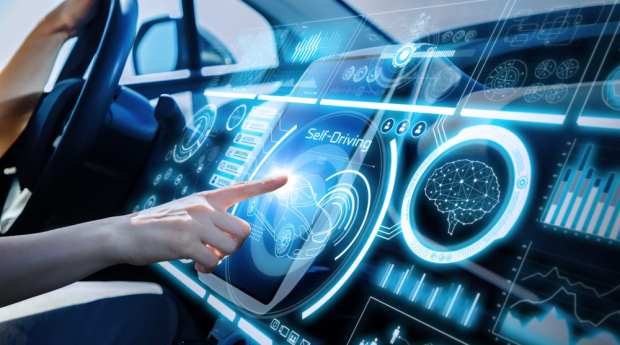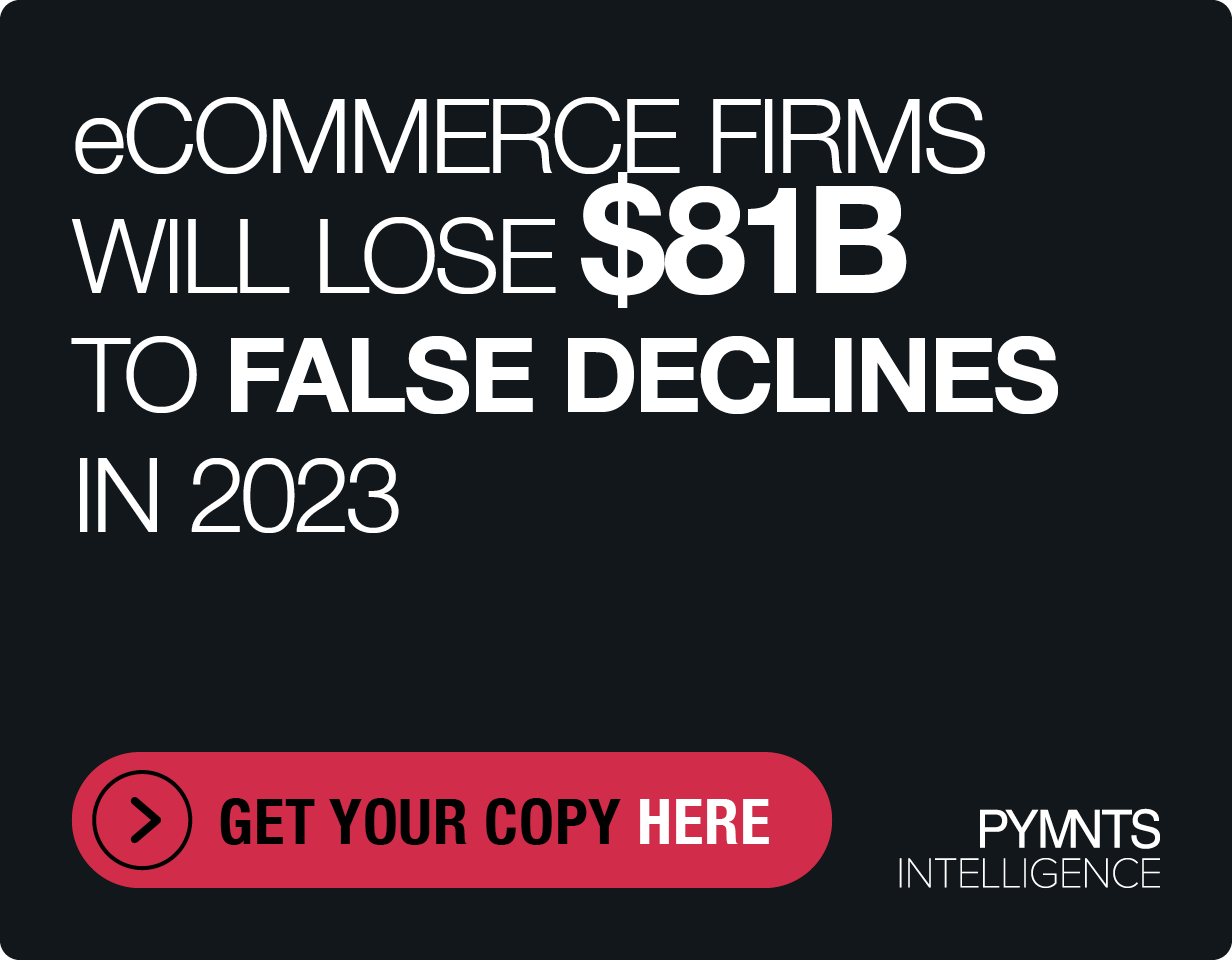Fleet Payments Explore The Connected Car Opportunity

As financial service conglomerates and innovators move deeper into the B2B payments field, they’re finding a field of opportunity to disrupt clunky manual and legacy processes far beyond the accounts payable (AP) department. One of the biggest opportunities is in fleet payments, where cash and checks remain prevalent (particularly in the U.S.), but where innovations in mobile payments, the Internet of Things (IoT) and autonomous vehicle technology have opened doors for FinTech firms to tackle some of the biggest challenges from new angles.
The introduction of mobile payments and commercial card technology in the fleet sector has helped the industry progress toward automation and digitization, but cards are not without their challenges. Drivers must be authorized to spend company money, and fleet managers need visibility into those transactions. At the same time, due to the transient nature of this sector, mobile payment options are key, but not every client and service provider accepts mobile payments — while card acceptance is not ubiquitous in this sector, either.
Investors at Quest Venture Partners recently led an investment round for Car IQ, a California-based startup that plans to offer an alternative to card payments in the fleet market. The company — which raised $5 million from Quest, as well as Avanta Ventures, Citi Ventures, Alpana Ventures, Plug and Play, and Spike Ventures — is developing a payments technology that turns the vehicle itself into the payment mechanism, enabling it to autonomously connect to a bank’s payment network and pay for its own services.
According to Car IQ Founder and CEO Sterling Pratz, there are multiple points of friction in fleet and fleet payments today, including billing, vehicle maintenance and management, payments fraud and visibility into transactions. By connecting the vehicle itself into a payment network, it can automatically and electronically pay for a service, such as repairs or refueling, while reducing the risk of human error or fraud.
One of the largest challenges for fleet managers, Pratz told PYMNTS in a recent interview, is organizing transactions to understand who paid for what, and why. Managers today can struggle to organize receipts, and understand which vehicles are connected to which transactions. Furthermore, he said, when a driver uses a fleet card to pay for fuel, managers often lack visibility into whether that fuel was provided for the company’s vehicle or the driver’s personal car.
In-Car Payments On The Rise
The concept of using a vehicle to initiate a transaction is not new. With more vehicles on the road today becoming more technologically complex (thanks to IoT and autonomous vehicle technology), technology giants such as Apple and Google are recognizing opportunities in how connected cars can disrupt payments.
Earlier this year, Apple announced a collaboration with SiriusXM to develop a connected car eWallet, enabling drivers to make payments with their vehicles. Meanwhile, Google is pushing further into the connected vehicle market by connecting Google Assistant and Google Pay into car systems.
“The car is going to be an extension of who you are, just like the phone is,” said CBW Bank Chairman and CTO Suresh Ramamurthi in a recent interview with American Banker.
Considering how the mobile device has accelerated payments innovation, the potential for the connected vehicle to do the same appears vast. While tech giants appear to first be focusing on in-car consumer transactions, Car IQ sees significant opportunity in the fleet payments space.
“There are billions of dollars spent each year on fleet vehicles, and we think nearly all of it can be transferred to our platform where cars pay — instead of humans with credit cards,” said Pratz, adding that everything from refueling, repairs, parking, insurance, tolls and DMV transactions can be initiated by the vehicle itself.
He noted that Car IQ is currently collaborating with financial institutions to develop this technology — not only to initiate a transaction, but to create a unique identification number to replace the 16-digit card number, and connect that identifier with a billing platform. There is also further opportunity to enhance automation for fleets, drivers and managers by having vehicles automatically schedule and pay for services.
Obstacles Ahead
Though opportunities may be numerous, lessons from other innovations in the B2B payments space show the challenge of changing corporate payment behavior — often a greater struggle than changing consumer payment habits. While technological innovation is accelerating, the current automotive industry is not yet at a place to support this level of disruption. However, Pratz pointed to the fleet industry’s recent embrace of technologies, like telematics, as a positive sign.
“I think the biggest barrier today is just having connected vehicles,” said Pratz. “Nearly all, but not 100 percent, of carsharing vehicles, and most of the [original equipment manufacturer (OEM)] production vehicles today, have telematics systems inside. So, we see this barrier getting smaller quickly, and eventually going away over the next few years.”
